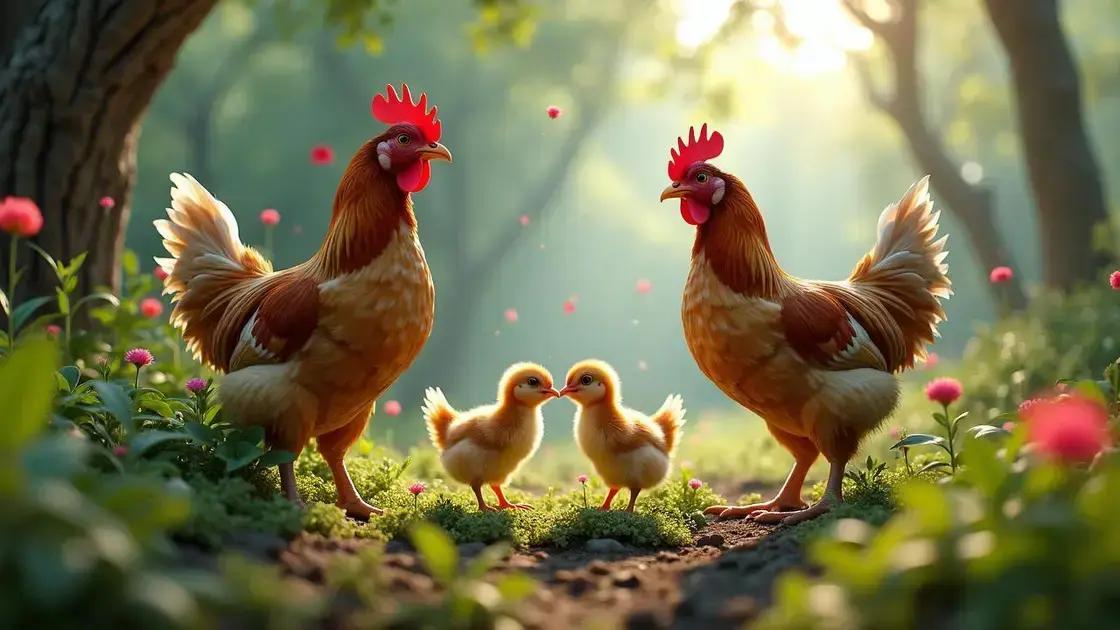How to Care for a Hen and Chicks Plant: 7 Essential Tips for Success
How to care for a hen and chicks plant is a question many succulent lovers ask as they seek vibrant, thriving greenery in their homes. This hardy plant is popular for its beauty and resilience, making it ideal for both beginners and seasoned gardeners. Discover essential tips and tricks to ensure your hen and chicks flourish and show off their stunning rosettes.
Table of Contents
ToggleUnderstanding optimal light for hen and chicks
Understanding optimal light for hen and chicks is crucial for their growth and overall health. These succulent plants thrive in bright, indirect sunlight, mimicking their natural habitat. Proper light exposure not only enhances their beautiful rosettes but also promotes healthy propagation.
The following guidelines can help you ensure your hen and chicks receive the right amount of light:
- Provide bright, indirect sunlight for at least 6 hours daily.
- Monitor for signs of too much direct sunlight, such as discoloration or leaf burn.
- For indoor growing, place your plants near a south or west-facing window.
Additionally, you can rotate your plants weekly to ensure even growth and exposure to light. This encourages vibrant color and sturdy growth in your hen and chicks.
When growing hen and chicks, you might also consider:
- Using sheer curtains to diffuse harsh sunlight.
- Investing in grow lights if natural light is insufficient.
- Adjusting your plant’s position with the changing seasons for optimal light.
Variations in light requirements may occur depending on the specific variety of hen and chicks you have. Some may handle direct sunlight better than others. It’s essential to research the specific needs of your variety.
| Variety | Light Requirements | Notes |
|---|---|---|
| Sempervivum tectorum | Full sun | Does well in hot, sunny spots. |
| Sempervivum arachnoideum | Partial shade | Prefers cooler, shaded areas. |
For those interested in enhancing their indoor garden, exploring indoor gardening techniques can provide valuable tips for creating ideal environments.
By understanding optimal light for hen and chicks, you’re setting the stage for a thriving succulent garden!
Essential soil and watering requirements

Essential soil and watering requirements are critical for the health of hen and chicks plants. These succulents thrive in well-draining soil that mimics their natural mountainous habitat. Proper soil and watering techniques will not only promote growth but also increase the resilience of your plants.
When choosing the right soil for hen and chicks, consider the following:
- Use a cactus or succulent mix for optimal drainage.
- Add perlite or sand to improve aeration and drainage.
- Avoid regular potting soil, as it retains too much moisture.
Additionally, understanding the watering needs is essential. Here are key points to remember:
- Water thoroughly but infrequently—allow the top inch of soil to dry out completely before watering again.
- During the winter months, reduce watering to once a month, as the plants enter dormancy.
- Watch for signs of dehydration or overwatering, such as shriveled leaves or mushy stems.
Ideal soil composition can be arranged in the following table:
| Soil Component | Purpose | Recommended Proportion |
|---|---|---|
| Cactus mix | Base soil for succulents | 50% |
| Perlite | Improves drainage | 25% |
| Coarse sand | Enhances aeration | 25% |
For further insights into providing the best soil for your plants, consider exploring indoor gardening techniques.
By focusing on the essential soil and watering requirements, you’ll help your hen and chicks plants thrive, showcasing their natural beauty!
Common pests and winter care for succulents
Common pests and winter care for succulents are crucial topics for anyone caring for hen and chicks plants. These succulents can sometimes fall prey to various pests, especially when conditions are not ideal. Understanding these common issues, alongside proper winter care, can help keep your plants healthy and thriving.
Identifying pests early is vital. Here are the most common pests affecting hen and chicks:
- Mealybugs: Small, white insects that often cluster at leaf joints.
- Spider mites: Tiny pests that create fine webs and cause stippling on leaves.
- Scale: Hard, shell-like insects that can be found on stems and leaves.
To combat these pests, consider the following methods:
- Remove pests using a cotton swab dipped in rubbing alcohol.
- Introduce beneficial insects like ladybugs that prey on pest populations.
- Maintain good air circulation around your plants to prevent infestations.
Winter care is equally important for the well-being of your succulent plants:
- Reduce watering frequency as plants enter dormancy, typically watering every 3-4 weeks.
- Move plants indoors or to a sheltered location if exposed to frost or freezing temperatures.
- Ensure they receive adequate light, ideally from a south-facing window.
A helpful table comparing pest control methods can clarify your choices:
| Pest | Control Method | Frequency |
|---|---|---|
| Mealybugs | Rubbing alcohol | As needed |
| Spider mites | Water spray | Every few days |
| Scale | Manual removal | As needed |
For additional guidance on creating a conducive environment for your plants, consider exploring indoor gardening techniques.
By being aware of common pests and implementing effective winter care, you can ensure your hen and chicks remain healthy year-round!
In conclusion
Caring for your hen and chicks plants is a rewarding experience that requires attention to several key aspects, including optimal light, soil, watering, and pest management. By understanding their unique requirements and applying the right techniques, you can help your succulents thrive, showcasing their beauty in any environment.
Remember, maintaining a clean growing space, and practicing good watering habits are essential steps. Additionally, during the winter months, be mindful of their specific care needs to ensure they remain healthy. For further insights and tips on enhancing your indoor garden, continue exploring resources that will keep your plants in peak condition.

